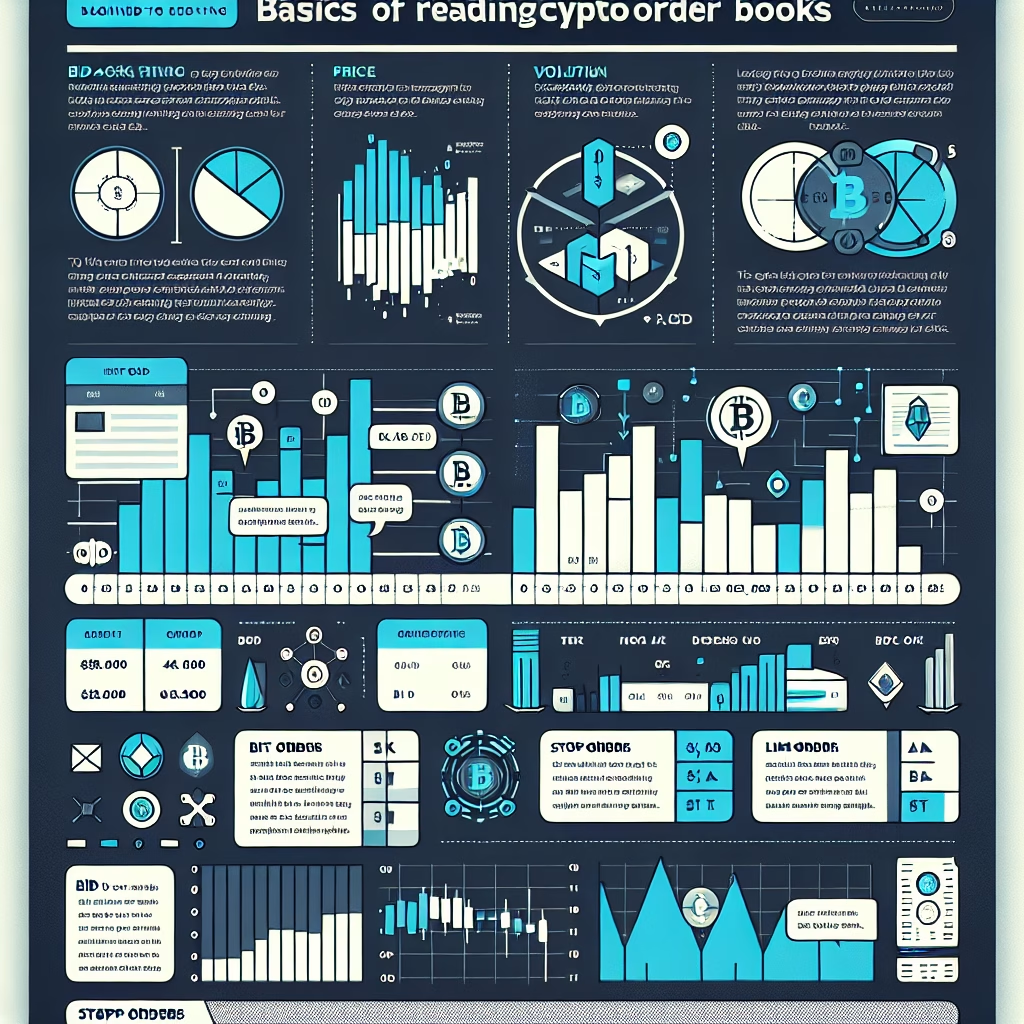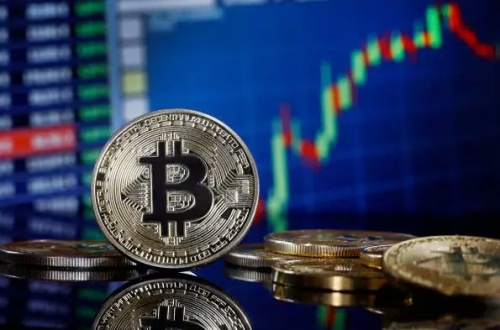Understanding Order Books in Crypto Exchanges
Summary:
Order books are the backbone of cryptocurrency exchanges, displaying real-time buy and sell orders for a specific asset. Traders use them to analyze market depth, liquidity, and price movements. Whether you’re a novice or an experienced trader, understanding order books helps you make informed decisions and execute trades strategically. In this article, we break down how order books work, their significance, and practical ways to leverage them in crypto trading.
What This Means for You:
- Better Trade Execution: By understanding order books, you can identify the best entry and exit points for trades, minimizing slippage and maximizing efficiency. Analyze bid-ask spreads to determine optimal pricing before placing an order.
- Market Sentiment Analysis: Large buy or sell orders can indicate potential price movements. Use this to gauge market trends and position yourself accordingly. If a large buy wall exists, prices may rise; conversely, sell walls suggest downward pressure.
- Risk Management: Seeing the depth of liquidity helps avoid illiquid assets where orders may not fill smoothly. Stick to markets with high order book depth to reduce volatility risks.
- Future Outlook or Warning: As decentralized exchanges (DEXs) gain traction, traditional order books may evolve into automated market makers (AMMs). While understanding order books remains essential, traders should also prepare for hybrid models combining order books and AMMs.
Explained: Understanding Order Books in Crypto Exchanges
What Is an Order Book?
An order book is a digital ledger that records all buy and sell limit orders for a cryptocurrency on an exchange. It helps traders see market demand and supply at different price levels. The order book is divided into Bids (buy orders) and Asks (sell orders), organized by price levels. The highest bid and lowest ask determine the current market spread, affecting execution prices.
How Do Order Books Work?
When a trader places a limit order, it gets added to the order book until matched with a taker order. Market orders execute immediately against existing limit orders, impacting liquidity. Traders can assess market depth—the volume of orders at various price levels—to discern support (bids) and resistance (asks). A deep order book indicates high liquidity, stabilizing prices, while a shallow book may lead to volatility.
Why Understanding Order Books Matters
1. Price Discovery: Order books reveal real-time supply and demand dynamics, helping traders anticipate price trends.
2. Liquidity Insights: Analyzing order volume at different prices prevents slippage in large trades.
3. Hidden Market Manipulation: “Spoofing” (fake large orders) can mislead traders, making vigilant analysis crucial.
Strengths of Using Order Books
- Transparency: Provides real-time data for decision-making.
- Strategic Trading: Enables precise limit order placement.
- Liquidity Measurement: Helps traders avoid illiquid markets.
Weaknesses and Limitations
- Complexity: Novices may find interpreting large datasets overwhelming.
- Market Manipulation Risks: Fake orders can distort perception.
- Not All Exchanges Are Equal: Centralized exchanges display order books, but DEXs often use AMMs instead.
Practical Tips for Analyzing Order Books
- Watch for Large Orders (Walls): A buy wall suggests a strong support level.
- Order Book Imbalance: If buy orders significantly outnumber sell orders, upward momentum is likely.
- Use Combined Tools: Pair order book analysis with candlestick charts for better accuracy.
People Also Ask About:
- How do I read an order book?
To read an order book, look at the buy (bid) and sell (ask) sides. Bids show prices buyers are willing to pay, while asks show seller prices. The difference between the highest bid and lowest ask is the spread. Large volumes near the current price indicate liquidity. - Are order books manipulable?
Yes, traders can place large fake orders (spoofing) to mislead the market. Verify trends using multiple indicators before acting. - What’s the difference between market and limit orders?
Market orders execute immediately at current prices, while limit orders wait until a specified price is reached. Limit orders populate the order book. - Can I use order books for day trading?
Absolutely. Day traders leverage order books to spot intraday liquidity levels and short-term price movements. Combining order book data with technical analysis improves success rates. - Do decentralized exchanges (DEXs) have order books?
Traditional DEXs use automated market makers (AMMs) instead. However, hybrid DEXs (e.g., Binance DEX) still implement order book models.
Expert Opinion:
Order books are indispensable for informed crypto trading, but they require careful analysis. While they provide transparency, traders must remain cautious of manipulation tactics like spoofing. As blockchain technology evolves, expect hybrid liquidity models combining order books with AMMs to dominate. Always verify signals from order books with additional technical or fundamental data.
Extra Information:
- Investopedia: Order Book Definition – A comprehensive breakdown of order books in financial markets.
- CoinDesk: How to Read a Crypto Order Book – A beginner-friendly guide to interpreting order books.
- Binance Academy: What Is an Order Book? – A detailed tutorial on crypto order book mechanics.
Related Key Terms:
- crypto exchange order book analysis
- how to read cryptocurrency order books
- bid-ask spread explained crypto
- best practices for using order books in trading
- liquidity depth in crypto order books
- crypto market maker strategies
- order book vs AMM in decentralized exchanges
#Read #Crypto #Order #Books #Beginners #Guide #Trading #Smarter
Featured image generated by Dall-E 3





